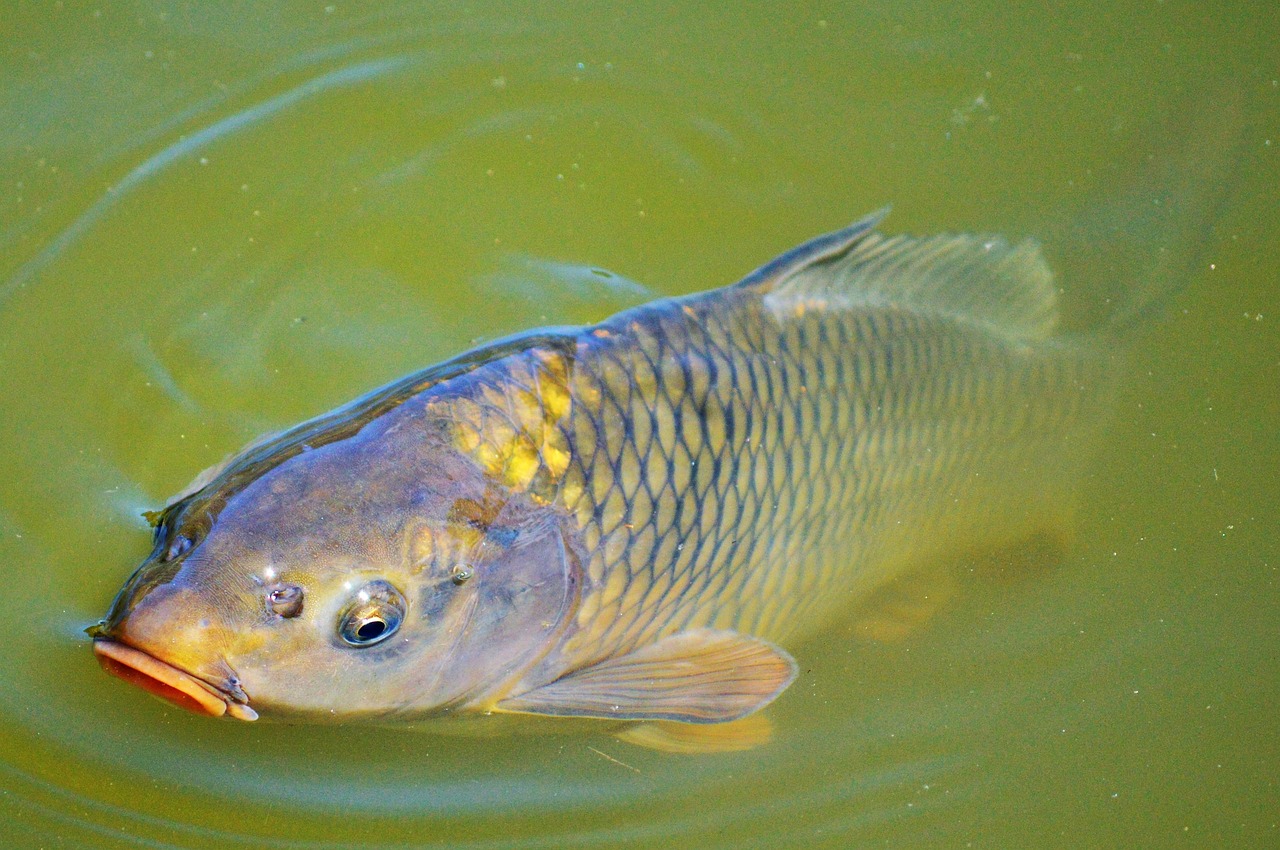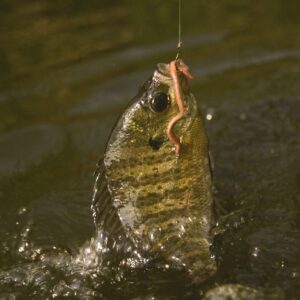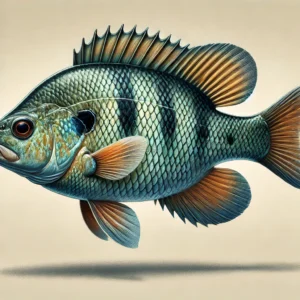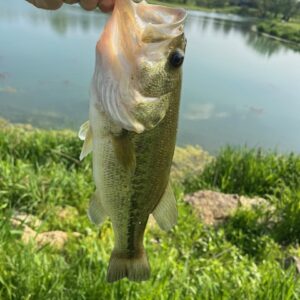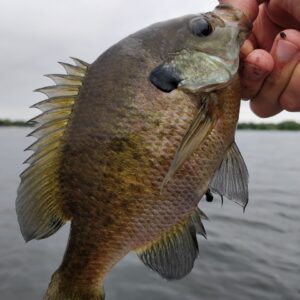Triploid grass carp (Ctenopharyngodon idella) are a specific variety of grass carp that are genetically modified to have three sets of chromosomes, rather than the usual two. This genetic modification makes them sterile, which is beneficial for managing their impact on aquatic ecosystems. Triploid grass carp are a valuable tool in managing aquatic plant growth and maintaining the health of freshwater systems. Their sterility ensures they do not reproduce and spread uncontrollably, making them a practical choice for vegetation control in various water bodies. Their presence helps to balance aquatic ecosystems by managing plant overgrowth, while their controlled use minimizes potential ecological risks.
Appearance
Color: Triploid grass carp typically have a silver to grayish-green body with a slightly darker back and lighter belly. They often have a smooth, scaleless appearance, with large, forked tails and broad, spiny dorsal fins.
Size: They are known for their large size. Adult grass carp can grow to lengths of 24 to 36 inches (60 to 90 cm), with some individuals reaching up to 40 inches (100 cm) or more. They can weigh 20 to 40 pounds (9 to 18 kg), though some may exceed this range.
Habitat
Range: Originally native to East Asia, triploid grass carp have been introduced to various regions around the world, including North America, Europe, and Australia, for aquatic vegetation management.
Preferred Environment: They thrive in a range of freshwater environments, including lakes, ponds, reservoirs, and slow-moving rivers. They prefer warm, shallow waters with abundant aquatic vegetation.
Behavior
Feeding: Triploid grass carp are primarily herbivorous. They feed on a variety of aquatic plants, including algae, submerged, and emergent vegetation. This feeding behavior makes them valuable for controlling aquatic plant overgrowth in managed water bodies.
Activity: They are typically more active during warmer months and can be seen grazing in shallow areas. They are often less active in colder water temperatures.
Sterility: Triploid grass carp are sterile due to their triploid chromosome number. This sterility prevents them from reproducing, which helps to control their population and mitigate potential ecological impacts in non-native environments.
Management: Their inability to reproduce means that their populations in a given area are maintained through periodic stocking rather than natural reproduction. This makes them easier to manage compared to diploid (normal) grass carp.
Angling and Conservation
Fishing: While not commonly targeted for sport fishing due to their sterility and specific management purpose, triploid grass carp are occasionally caught incidentally by anglers targeting other species.
Conservation Status: They are not considered threatened or endangered. Their use is often regulated to prevent unintended ecological impacts and ensure they are used appropriately for vegetation control.
Ecological Role
Vegetation Management: Triploid grass carp are utilized in aquatic weed management programs to control excessive growth of aquatic vegetation. They are particularly effective in reducing the biomass of invasive plant species.
Impact Control: By being sterile, they minimize the risk of becoming invasive themselves and ensure that their impact on local ecosystems is controlled and predictable.

